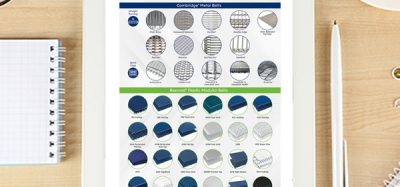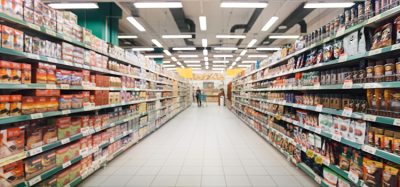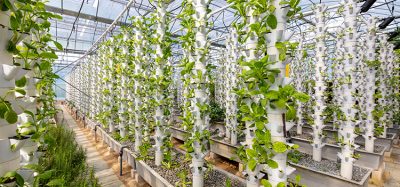The impact of 2020 on tech adoption, AI and drones in the food industry
- Like
- Digg
- Del
- Tumblr
- VKontakte
- Buffer
- Love This
- Odnoklassniki
- Meneame
- Blogger
- Amazon
- Yahoo Mail
- Gmail
- AOL
- Newsvine
- HackerNews
- Evernote
- MySpace
- Mail.ru
- Viadeo
- Line
- Comments
- Yummly
- SMS
- Viber
- Telegram
- Subscribe
- Skype
- Facebook Messenger
- Kakao
- LiveJournal
- Yammer
- Edgar
- Fintel
- Mix
- Instapaper
- Copy Link
Posted: 16 September 2020 | Brody Sweeney - Founder of Camile Thai Kitchen | No comments yet
The Founder of Camile Thai Kitchen examines the ways in which 2020 has accelerated the adoption of new technology and how his business will implement such innovations in the near-future.
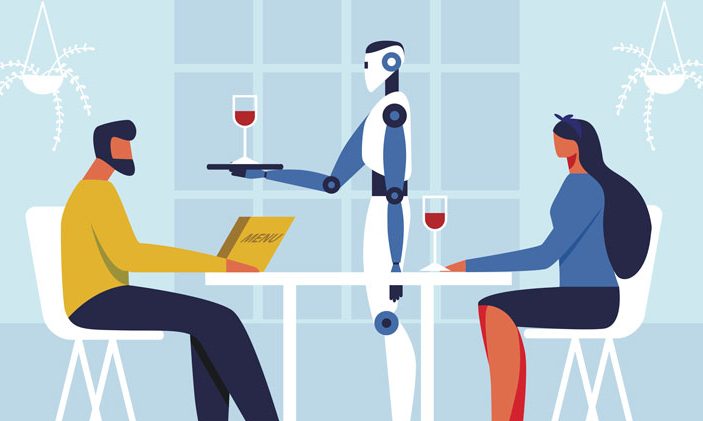

This year has presented huge challenges for our whole sector. At Camile Thai Kitchen we have found that one silver lining has been the accelerated focus and adoption of new technologies. The companies that win with technology are those that can successfully utilise the right combination of solutions that optimise operations and improve the customer experience. For us, a combination of kitchen robotics, cloud kitchens and drones is a winning formula that makes the most sense in terms of being able to adapt to future customer demand and trends.
Clever technologies are drawing closer
Other exciting technologies include artificial intelligence (AI), smart data, blockchain and precision farming – which are all a lot closer than we may realise. Of course, the idea of automation in the restaurant space wasn’t new pre-Covid. Smaller concepts, to date, have leaned heavily into robotic technology, while giants have also dabbled in AI and machine learning. Virtual (cloud) kitchens were also a rising trend last year.
2020, however, brought new challenges related to automation as well as shifting millennial preferences, driving focus and investment, particularly in the area of cloud kitchens.
Prior to Covid, automation adoption was driven by labour gaps in a then-historically low unemployment environment. Although that environment has quickly changed, rising labour costs have not and gaps remain for weary, cash-strapped operators.
Employee replacement?
Of course, the big question on everyone’s lips is whether or not automation will ultimately replace human labour – after all, fast food restaurants are major employers worldwide. Many years of discussion have led, however, to the consensus that humans can never be replaced; rather that labour will shift to other areas of the restaurant, or even bring about the creation of new roles. If you consider any sector since the industrial revolution, automation only ever changes the labour environment. It doesn’t mean fewer jobs, just increased productivity and the creation of new roles. From the restaurant owners’ point of view, another important consideration is the value that automation and robotics could yield in the context of future lockdowns where employees are forced to stay home.
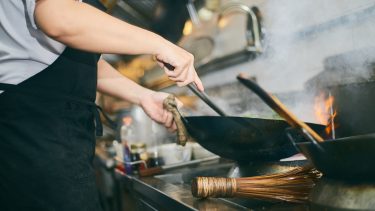

At Camile Thai Kitchen, we are looking to add robotics to our production line – specifically, our wok cookers. If you consider the process of wok cooking, it is very repetitive and replicable mechanically. We plan on replacing our manual wok cookers with a semi-automatic version. This consists of a heatable rotating drum, which allows the ingredients to cook; a rotating mechanism to dispense the cooked food; and a further rotation to place the drum in a self cleaning mode.
Adding value with technology
However, economies in the kitchen are not the only focus. We are looking at all areas of automation to see where it adds value. Players in this competitive space spend huge fortunes every year optimising every aspect, from ordering, delivering or queueing, and cleaning up afterwards. One of the most visible examples of fast food automation is the widespread adoption of order kiosks and, of course, apps. Many restaurants now rely on these to speed up the ordering process, while also enabling more customisation for customers with less fuss. Moreover, with social distancing, many restaurants, cafes and pubs are now relying on a combination of QR codes and apps to track and trace visitors, and as a tool for ‘direct-to-table’ service to save unnecessary interaction and movement.
Ten years ago the very idea of getting fast food delivered was considered magical. Now the game is no longer about getting food from point A to B, but the entire experience that comes with it. This is the basis of our whole tech strategy; the reason we developed our own app and are investing in drone delivery. We believe it’s all about delivering a more authentic, enjoyable and sustainable experience.
The drones are coming!
Ultimately, we see drones as the biggest industry game changers. These are absolute no-brainers from a business point of view and a key investment area for Camile Thai. If you order a meal using our restaurant app, you will soon be able to drop a pin where you would like a drone to deliver your order and within minutes have it arrive on your doorstep.
The benefits? Drones halve delivery costs, customers get their orders more quickly and love the novelty, and it ticks our sustainability box in a major way. It’s a win-win in every sense. Earlier this year, we became the first operator to deliver our food by drone in Europe with our partners, Manna – Europe’s leading drone delivery startup.
We see the future as being wholly tech centric. This is why we are investing in drones, cloud kitchens and robotics. This is the winning combination that will be what delivers the (near) future of at-home dining.
About the author
Entrepreneur Brody Sweeney is founder of Camile Thai Kitchen – the UK’s fastest growing Thai food chain with 33 locations, including five in London. Camile Thai, which turns ten this year, was created in response to the ever-growing demand for high quality, healthier and more sustainable home delivery options. With a strong tech focus, the company is working to leverage the latest technologies in the sector, including drone delivery, cloud kitchens and kitchen robotics, to create a new genre of convenience dining based on health, sustainability and speed.



